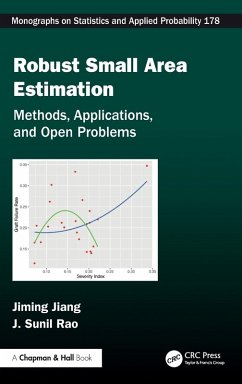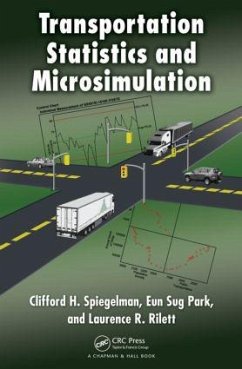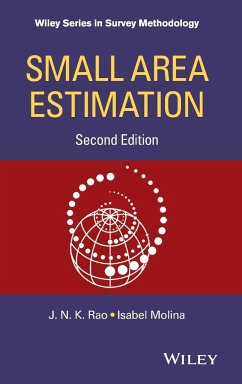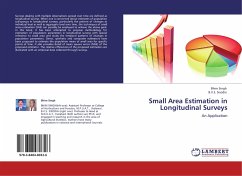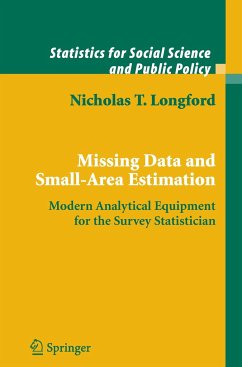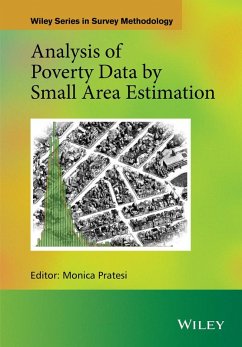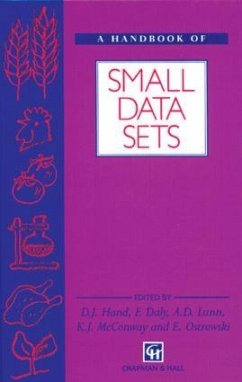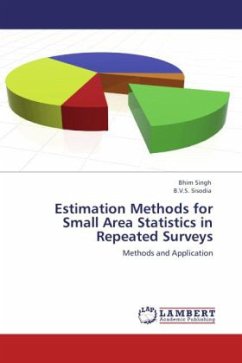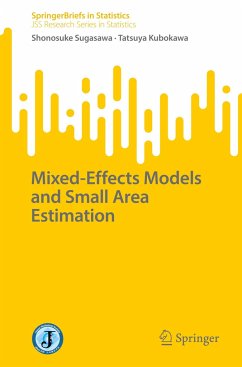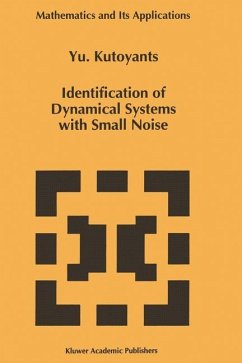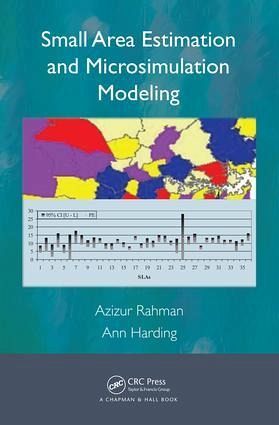
Small Area Estimation and Microsimulation Modeling
Versandkostenfrei!
Versandfertig in 1-2 Wochen
124,99 €
inkl. MwSt.
Weitere Ausgaben:

PAYBACK Punkte
62 °P sammeln!
The book gathers information on the theories, applications, advantages, and limitations of all the small area estimation methodologies. It covers direct small area estimation methods, indirect statistical approaches, including empirical best linear unbiased prediction, empirical Bayes and hierarchical Bayes estimation methods.





